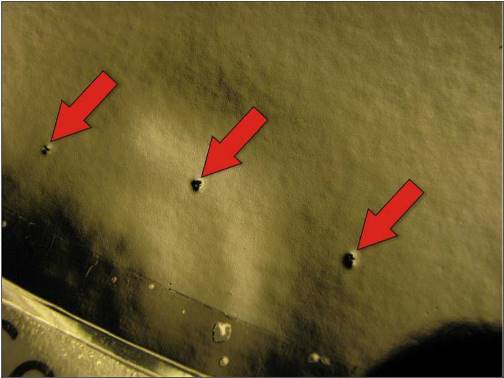Lumps are common enamel defects, which are characterised by rounded raised areas with typically a diameter between 3 to 12 mm.
Scaling
Scaling is a common enameling defect, which is caused by contamination with materials with a higher melting temperature than enamel.
Identification of enameling defects
Identifying the correct type of enamel defect is the first & perhaps most important step when troubleshooting industrial enameling processes. Analyzing enameling defects with digital...
Blisters
Blisters are a common enamel defect, which is characterized by appearance of circular holes & bubbles in a cooled enameled surface.
Fishscaling of porcelain/vitreous enamel coatings
Fishscaling is an enameling defect, which is characterized by small enamel particles chipping off.
UNI 11734 : Determining fish-scale susceptibility of enameling steel
The Italian National Unification institute has published UNI 11734 as of December 6, 2018. This standard specifies a method for measuring the hydrogen diffusion coefficient in order...
Enameling cost reduction
Porcelain (vitreous) enameling is a relative complex coating process with many steps & dito variables. This complexity makes it very well suited for continuous improvement...
Troubleshooting enameling defects
Resolving enamel defects during an industrial manufacturing process requires a structured three steps approach. Step I Identify the right defect. This may sound silly, but...




